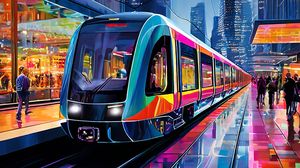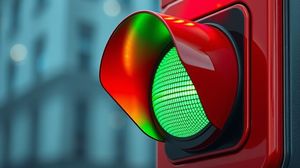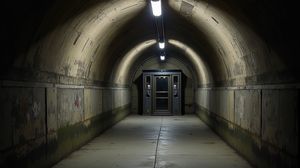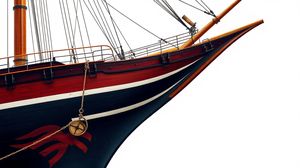
The Docklands Light Railway (DLR) is an integral part of London's public transport network, serving the rapidly-developing Docklands area. Canary Wharf is one of its key stations, providing a crucial link to the financial heart of London. Notably, the DLR is fully automated, meaning that it doesn't have a driver, which still fascinates visitors and commuters alike.
Canary Wharf station on the DLR is known for its efficient design and functionality. Opened in 1991, it has played a significant role in transforming Canary Wharf into one of the busiest financial districts in the world, rivaled only by the City of London.
An intriguing aspect of the DLR is its engineering; the network is largely elevated above street level on a series of viaducts, offering passengers sweeping views of the surrounding cityscape that you won't get on the Tube. This makes the journey itself a unique sightseeing experience.
Another interesting point is that the DLR was conceived in the 1980s as a solution to counter the decline of traditional industries in the area, and it provided a catalyst for regeneration. Today, it is considered a pioneer in urban modern rail systems and is often cited as a model for similar projects worldwide.
The DLR, although modern in terms of technology, takes passengers through an area rich in industrial history. Its development and success story mirror the rise of the Docklands from dereliction to a powerhouse of economic activity.
For tech enthusiasts, the DLR is especially fascinating as it was one of the first railway systems in the world to operate using a fully computerized control system. This continues to be a point of interest for visiting engineers and those interested in urban development technologies.

Making the Most of Your Visit:
Try to snag a seat at the front of the train if you can. Since the DLR is automated, there's no driver cab, just a big window allowing you fantastic panoramic views as you travel.
If you're a fan of photography, standby for some cracking shots! As the DLR is mostly elevated, you'll get wonderful aerial views of the Canary Wharf skyline, particularly impressive on a sunny day or around sunset.
Note that weekday mornings and evenings can be quite busy, as commuters head to and from work in the financial district. If you prefer a quieter ride, aim for late morning or early afternoon.
Don't miss the dramatic transformation of the area: from derelict docks to the high-rise, bustling financial district you see today. It's a living history lesson in urban regeneration.
The trains run frequently, about every ten minutes or so, but be aware of maintenance schedules or occasional disruptions, especially during weekends or late at night. It's always a good idea to check the service status online just to be sure there are no surprises.

Visiting Times & Costs:
The Docklands Light Railway (DLR) and its stations, including Canary Wharf, are open to the public. The DLR services operate daily, with trains typically running from early morning until late at night, including weekends and bank holidays. Timetables may vary slightly, so it's advisable to check the schedule beforehand.
There is no specific entrance fee to travel on the DLR as it is part of London's public transport network. Passengers must have a valid travel ticket or Oyster Card to travel. Ticket prices depend on the zones you travel through, with Canary Wharf located in Zone 2. It's worth checking for any fare updates or zone changes on the official fare zones map.
Regarding accessibility, the DLR is designed with accessibility in mind. Canary Wharf DLR station offers step-free access from street level to the platforms via lifts and escalators, making it easier for those with limited mobility or traveling with luggage or pushchairs. Services are also announced on-board to assist passengers with visual impairments.

Address & Map:

Nearby:























